Understanding the Expenses Involved in Home Filtration
I. Introduction
“Water is the elixir of life,” as the saying goes, and having access to clean, pure water is essential for our health and well-being. Whole house filtration systems are an investment in our health, ensuring that every drop of water we use is safe and refreshing.
Imagine taking a sip of water that tastes like freshly fallen rain, free from contaminants and impurities. That’s the promise of whole house filtration, giving us peace of mind and a healthier home.
When it comes to whole house filtration, there’s no one-size-fits-all solution. Different systems use different technologies to tackle specific water issues. 💧
-
Reverse Osmosis (RO): RO systems use a semipermeable membrane to remove up to 99% of contaminants. They’re great for removing heavy metals, salts, and other dissolved solids. 💰 However, they can be more expensive to install and require more maintenance.
-
Activated Carbon: Activated carbon filters use a porous material to trap and adsorb contaminants. They’re effective at removing chlorine, pesticides, and volatile organic compounds (VOCs). 💸 They’re relatively affordable and easy to maintain.
-
UV Disinfection: UV systems use ultraviolet light to kill bacteria and viruses. They’re ideal for disinfecting well water or water sources with high levels of microorganisms. 💡 They’re cost-effective and require minimal maintenance.
Each type has its pros and cons, so it’s important to choose the one that best suits your needs and budget. Remember, clean water is an investment in your health and well-being! 💧
III. Cost of Installation
Installing a whole house filtration system involves several factors that can affect the overall cost:
- System size: Larger systems require more materials and labor, leading to higher installation costs.
- Complexity: Systems with multiple filtration stages or advanced features, such as UV disinfection, are more complex and expensive to install.
- Labor rates: The cost of installation also depends on the labor rates in your area. In regions with higher labor costs, installation expenses will be correspondingly higher.
IV. Cost of Replacement Filters
Replacing filters is a crucial part of maintaining a whole house filtration system. The frequency of replacement varies depending on the type of system and the quality of your water. Generally, sediment filters need to be replaced every 3-6 months, while activated carbon filters may last up to a year. Reverse osmosis membranes typically require replacement every 2-5 years.
The cost of replacement filters can vary widely depending on the type and size of the filter. Sediment filters are relatively inexpensive, typically costing around $10-$20 each. Activated carbon filters are more expensive, ranging from $50-$150 each. Reverse osmosis membranes are the most expensive, with prices starting at around $100 and going up to several hundred dollars.
It’s important to factor in the cost of replacement filters when budgeting for a whole house filtration system. Regular filter replacement is essential to ensure the system is functioning properly and providing clean, safe water for your home.
Maintaining a whole house filtration system involves routine tasks like cleaning and replacing filters. However, unforeseen repairs may also arise. The likelihood and cost of these repairs vary depending on the system type and its components.
For instance, reverse osmosis systems may require membrane replacements, which can range from $100 to $250. Activated carbon filters may need to be replaced more frequently, costing around $50 to $150. UV disinfection systems typically have longer lifespans, but bulb replacements can cost around $50 to $100.
It’s important to factor in potential repair costs when budgeting for a whole house filtration system. While these expenses may not occur frequently, they can add up over time. Regular maintenance and prompt repairs can extend the system’s lifespan and minimize the likelihood of costly breakdowns.
COST OF WHOLE HOUSE WATER FILTRATION SYSTEM ON YOUTUBE
Energy Consumption ⚡️
Installing a whole house filtration system can have a noticeable impact on your monthly utility bills. These systems typically require electricity to operate, and the amount of energy consumed varies depending on the type of system and its usage.
For example, reverse osmosis systems use a significant amount of electricity to pressurize water through a semipermeable membrane. This can add several dollars to your monthly electric bill. Activated carbon filters, on the other hand, consume less energy as they rely on adsorption to remove contaminants.
It’s important to factor in the potential increase in utility costs when budgeting for a whole house filtration system. By choosing an energy-efficient system and using it wisely, you can minimize the impact on your monthly expenses.
Return on Investment 💰
Whole house filtration systems are an investment in your health, home, and wallet. While the initial cost may seem daunting, the long-term savings can be substantial.
-
Water Bill Savings: Filtered water can reduce scaling and corrosion in appliances, leading to longer lifespans and lower repair costs. Plus, you’ll save money on bottled water and avoid the hassle of lugging it home.
-
Healthcare Savings: Clean water can reduce the risk of waterborne illnesses, which can save you money on medical bills and lost productivity.
-
Increased Home Value: A whole house filtration system can increase the value of your home by making it more desirable to potential buyers.
-
Peace of Mind: Knowing that your family is drinking clean, healthy water is priceless. It’s like having a 24/7 water guardian protecting your loved ones.
Financing Options 💰
Navigating the financing options for whole house filtration can be like a maze, but we’re here to shed some light! Let’s dive into the pros and cons of each option:
Option 1: Outright Purchase
-
Pros:
- No interest charges or monthly payments
- Ownership of the system from day one
-
Cons:
- Requires a significant upfront investment
Option 2: Financing through the Installer
-
Pros:
- Convenient and often offered by reputable installers
- Potential for lower interest rates
-
Cons:
- May have shorter loan terms
- Can limit your choice of systems
Option 3: Home Equity Loan or Line of Credit
-
Pros:
- Can access a larger amount of funds
- May offer lower interest rates
-
Cons:
- Uses your home as collateral
- Can come with closing costs and fees
Option 4: Government Grants or Rebates
-
Pros:
- Can significantly reduce installation costs
- Promotes energy efficiency and water conservation
-
Cons:
- Availability and eligibility vary depending on location and income level
Remember, the best financing option for you depends on your financial situation and preferences. Weigh the pros and cons carefully and choose the path that leads you to clean, filtered water without breaking the bank! 💧
DIY vs. Professional Installation
Embarking on a DIY whole house filtration installation can be a tempting cost-saver. It’s like playing a game of Tetris, fitting the pieces together with your own two hands. The potential savings can be substantial, especially if you’re handy and have some plumbing experience. However, it’s crucial to weigh the risks and benefits carefully.
Benefits of DIY Installation:
- Cost savings: You can save a significant amount of money by avoiding professional installation fees.
- Control: You have complete control over the installation process and can set your own pace.
- Learning experience: It’s a great opportunity to learn about your home’s plumbing system and gain valuable DIY skills.
Risks of DIY Installation:
- Mistakes: If you make a mistake during installation, it could lead to costly repairs or even damage to your home.
- Warranty issues: Some manufacturers may void their warranties if the system is not installed by a professional.
- Safety concerns: Dealing with plumbing and electrical components can be hazardous if not done properly.
Conclusion
The True Cost of Clean
Installing a whole house filtration system is an investment in your health and the value of your home. While the upfront costs may seem daunting, the long-term savings and benefits far outweigh the expenses. Remember, clean water is essential for a healthy life, and a whole house filtration system is the key to unlocking its full potential.
Consider this: would you rather spend a little extra now for a lifetime of clean water or risk the health of your family and the value of your home? The choice is clear. Invest in a whole house filtration system and enjoy the peace of mind that comes with knowing your water is pure and safe.
CHOOSING HOME WATER FILTERS & OTHER WATER TREATMENT SYSTEMS | CDC
FILTERING OR TREATING DRINKING WATER AT HOME | PORTLAND.GOV
BEST UNDER SINK WATER FILTRATION SYSTEM
EASY WATER FILTRATION SYSTEM
WATER FILTRATION BEST
WATER FILTRATION EXPERIMENT EXPLANATION
COUNTERTOP WATER FILTRATION SYSTEM

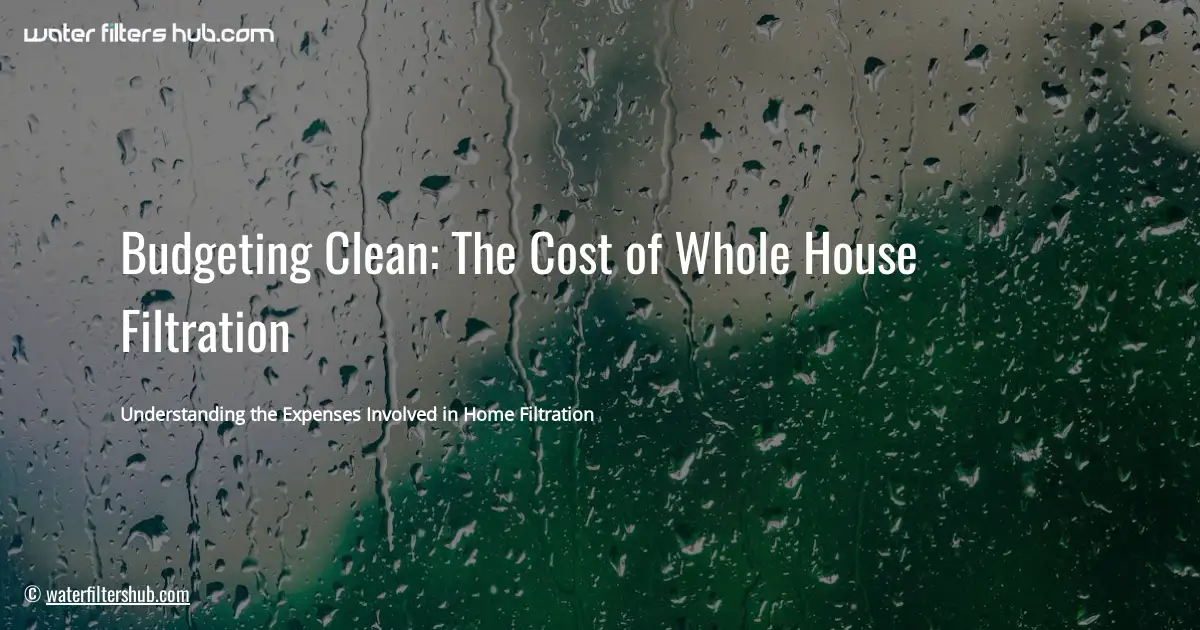
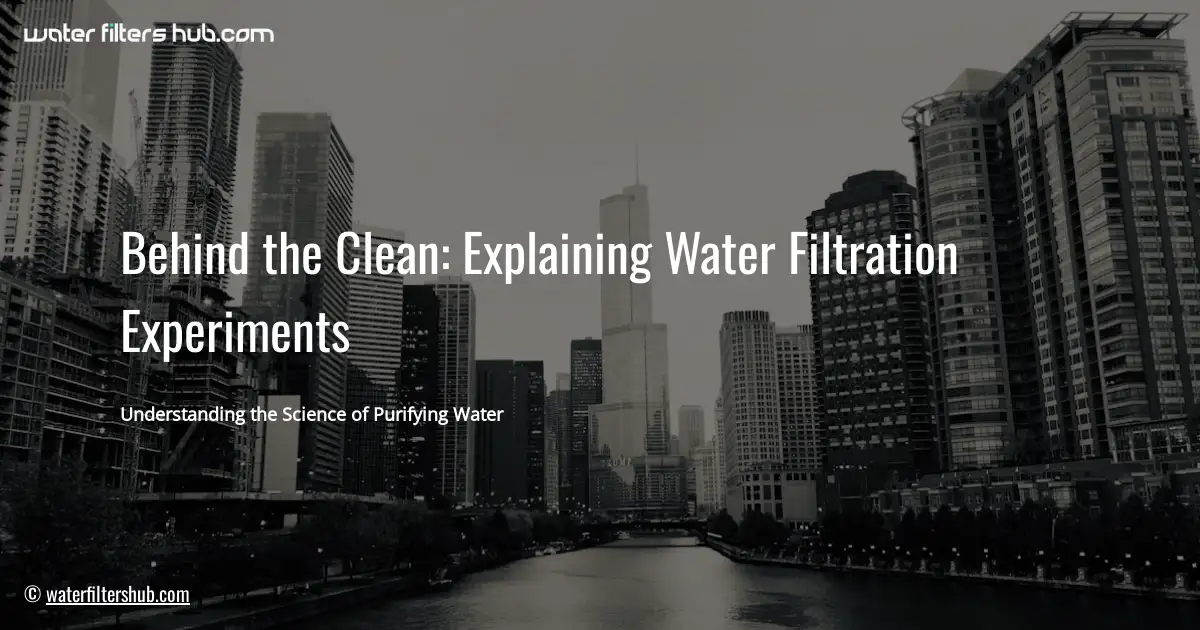
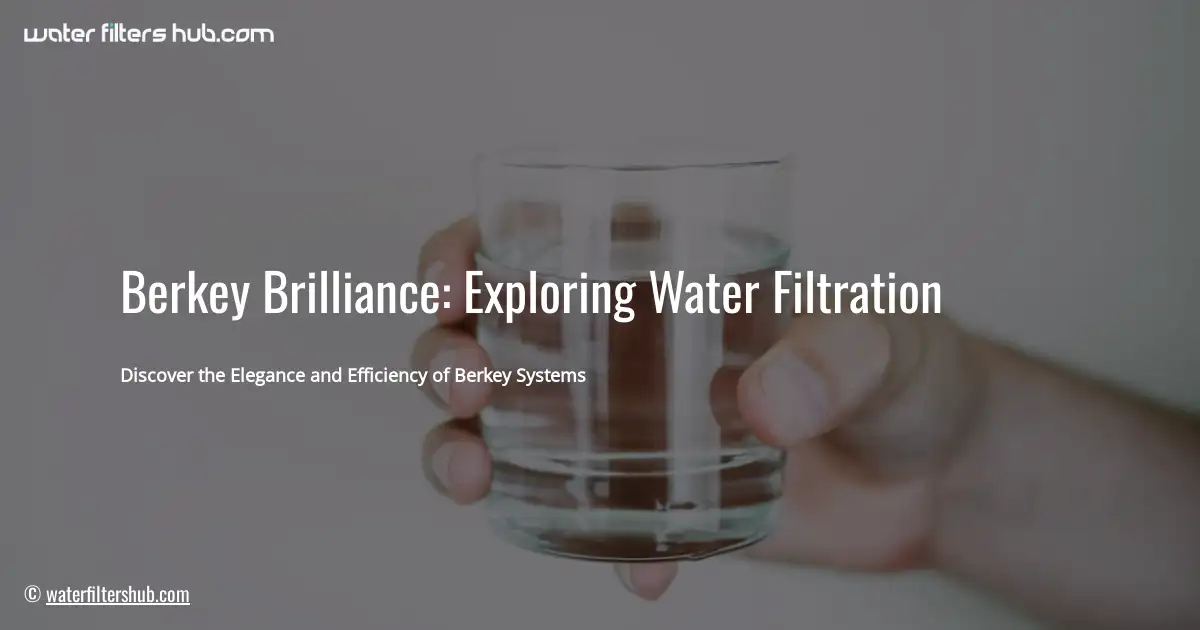
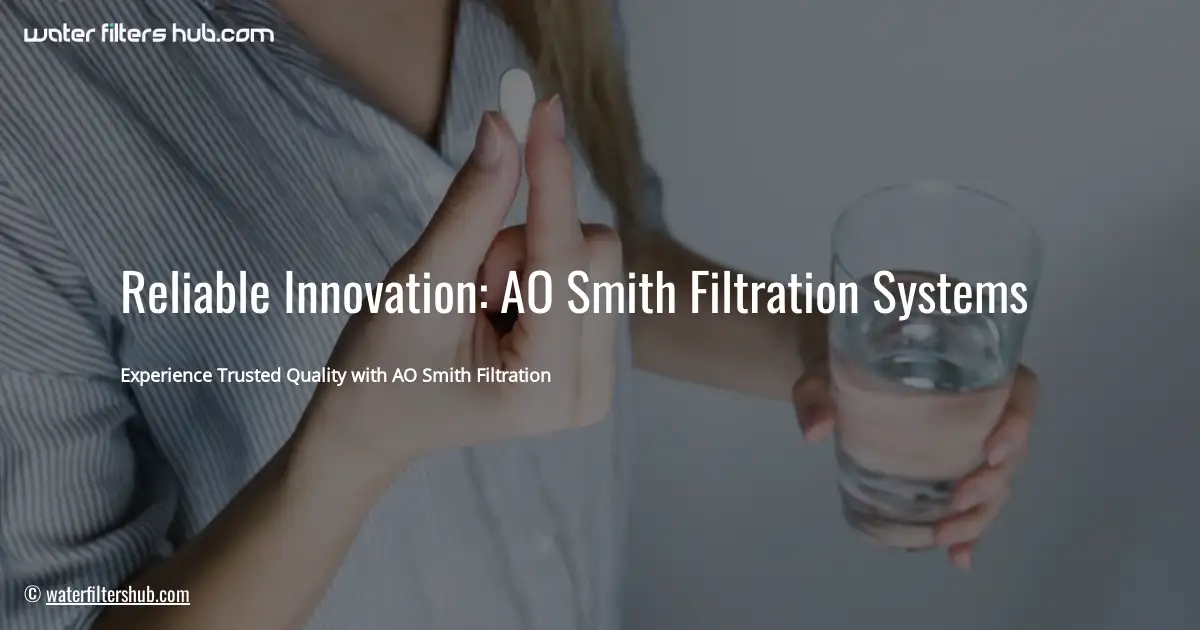

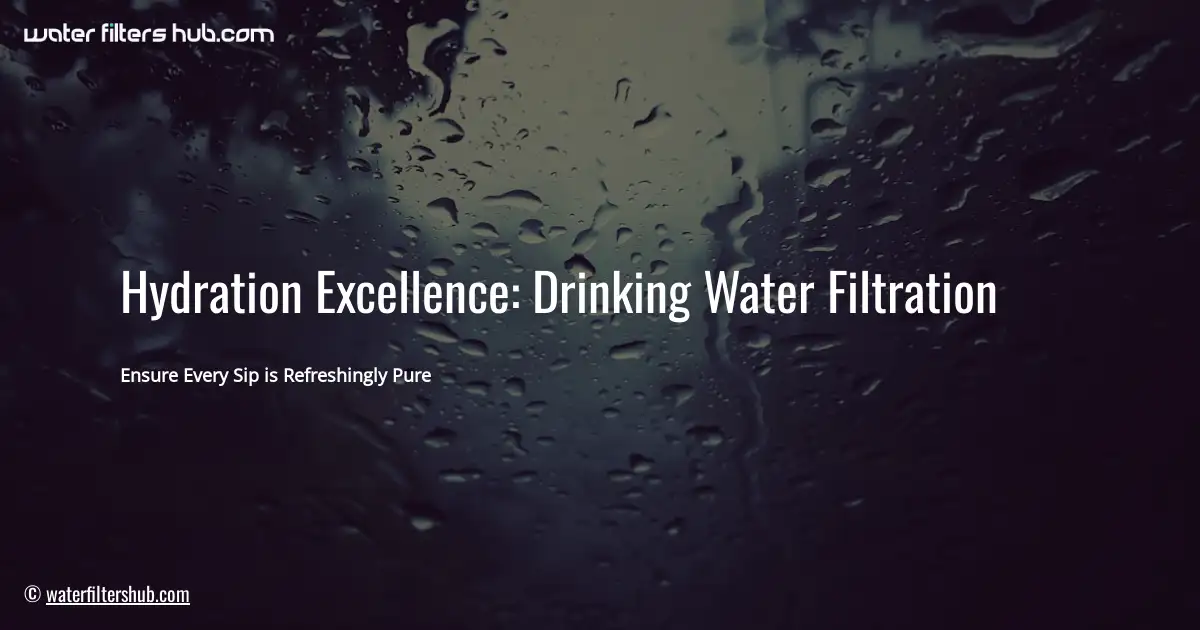
Leave a Reply